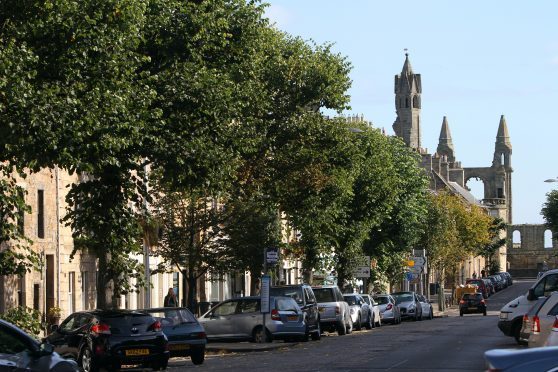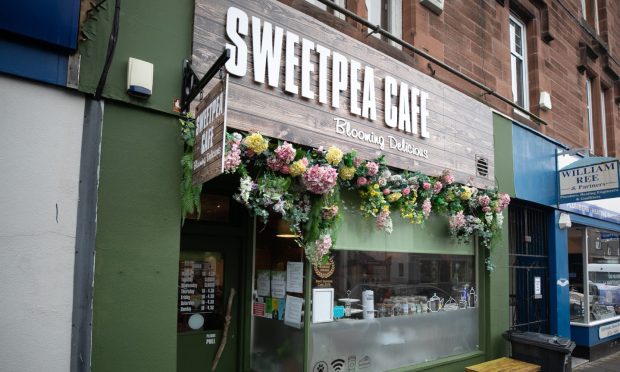A ban on new HMOs across St Andrews has been recommended by an economist who said a partial moratorium was making matters worse.
Dr Ross Brown said growing levels of “studentification” may be having significant effects on residential areas of the town.
And he warned the spread of of HMOs (houses in multiple occupation) could threaten the viability of schools and other public services in the longer term.
Dr Brown spoke out after conducting the first independent assessment of the economic and social impact of the growth of student-occupied homes in the Fife town.
A Fife Council moratorium imposed in 2011 currently prevents planning permission – but not licences – for new HMOs, but it applies only to the town centre.
Dr Brown, of the University of St Andrews School of Management, said the scheme had the hallmarks of “poorly constructed and perhaps ill-conceived policy making”.
He said: “The council need an urgent rethink.
“Given the gravity of the situation it should impose a comprehensive moratorium across the whole of the town on new HMOs.
“With the exception of dedicated student housing and university halls of residence, no further private sector HMOs should be licensed until the council has devised a proper, coherent and evidence-based planning and housing strategy for the town of St Andrews.”
Dr Brown said increasing numbers of HMOs in residential areas were inflating house prices, reducing the number of owner-occupied properties and making it harder for university staff to live locally.
“Scarring effects” included litter, poor property maintenance and downgrading of the physical environment in neighbourhoods, he added.
And he said large concentrations of HMOs in local housing markets such as St Andrews could cause displacement and crowding-out of local communities.
He said: “This could potentially have longer-term implications for the viability of public services such as schools, causing feelings of anxiety and disempowerment within the local community.”
And far from curbing the number of HMOs overall, Dr Brown said council policy had fuelled a rapid increase in the town.
Since the moratorium was introduced 750 new licences for HMOs in the town have been issued by Fife Council.
An independent assessment of the moratorium, commissioned by the council, has been conducted and options are to be discussed by councillors in January.
The council was asked to comment but did not do so.










